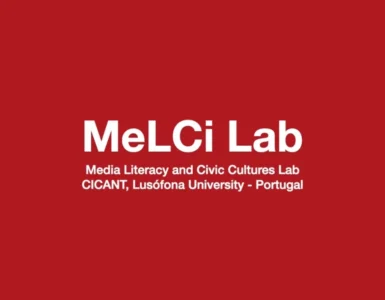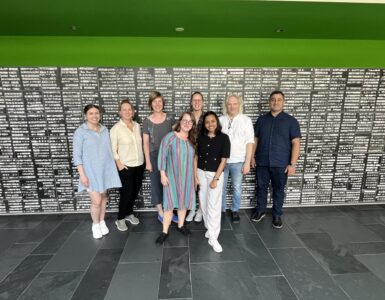by Carl Eltervaag, Esben Kamstrup & Peter Mørk. NTNU, Norway.
We work at the Norwegian Centre for Writing Education and Research (The Writing Centre) at The Norwegian University of Science and Technology (NTNU). Our mandate is to improve writing education in primary, secondary, and high school. One of our strategies is to develop free online learning resources targeted at teachers.
Gaining writing competency is key for preparing young students to succeed in their education, and later to become participating inhabitants in a democratic society. The Writing Centre operates with a broad understanding of what constitutes text and writing, and our online resources also includes reading skills, oral skills, critical thinking, and digital and multimodal skills.
Video is still a relatively unexplored territory in many Norwegian classrooms. Technical barriers and low digital self-efficacy among teachers may be among the reasons why. The students are already confidently producing short-form video content on social media platforms. We wanted to explore what happens when we encourage students to use these skills in school contexts.
Vlogging in primary school
The project started at a local primary school. We pitched our ideas to a group of interested teachers and discussed what a vlog project with 5th graders could look like. This ended up being a week-long project involving 60 students.
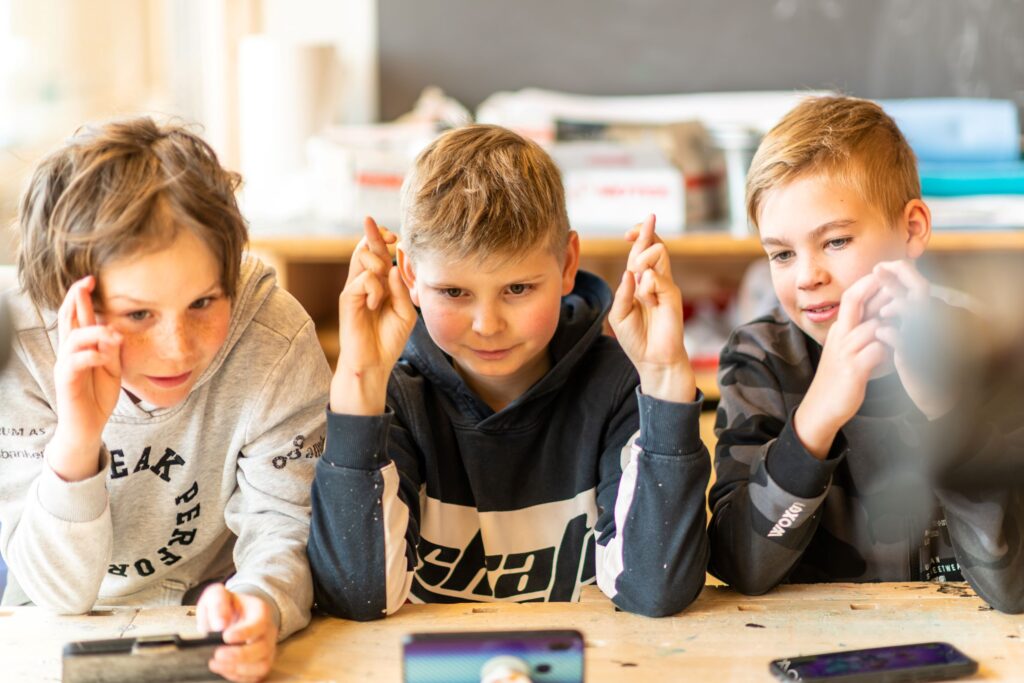
During the week, the students eagerly engaged in the vlogging process. They collaborated in manuscript writing, filming, and editing. After a week of hard work and dedication, the students were rewarded with a cinema-like screening in the school’s auditorium. As the films were screened, nervous apprehension quickly turned to proud smiles when the groups heard the reactions and laughter from their peers.
We cooperated with the teachers in guiding and supporting the students. We also documented and filmed the process behind the scenes to make a learning resource for teachers about vlogging in primary school.
In our evaluation with the teachers, they deemed the project a success. They expressed that vlogging is something they have become confident to use again and see benefits of exploring it as a pedagogical method. This made us eager to expand our project to other classrooms.
Vlogging in secondary school
In secondary school, we wanted to explore if vlogs could be used as part of a disciplinary learning process. We met with a 9th grade mathematics teacher and decided on creating vlog tasks related to probability problem solving.

This kind of task encourages the students to discuss their hypotheses and perform experiments. The correct answer is not as important as discussion and mathematical reasoning. We wanted to see if the students could capture this process in their vlogs.
During the project, the teacher told us that he was amazed to see students who usually didn’t participate much in class now actively engaging in mathematical discussions. Every student had designated roles, either writing scripts, being behind the camera, presenting, or editing. This experience shows that vlogging could be a means of creating broader inclusion and more engagement in secondary school disciplines.
Vocational high school vlogs
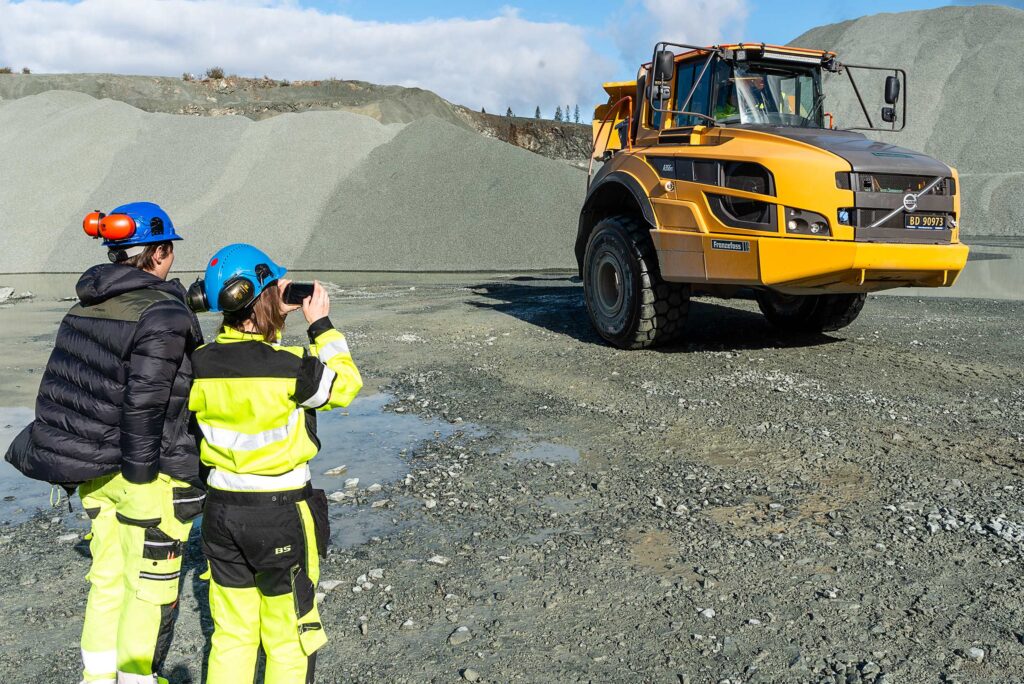
Our experiences with vlogging with younger students made us wonder how vlogging would work in high school. For instance, could vlogging be a useful tool in vocational training?
Some vocational students struggle to express themselves and present their reflections in writing. Reflection is considered increasingly important through the course of education. The vocational vlog can be a way of demonstrating skills and presenting reflections orally.
We carried out a vlog project both in a carpentry and a hairdressing course. After a short introduction to vlogging and editing, the students made vlogs showing work techniques and documenting a field trip.
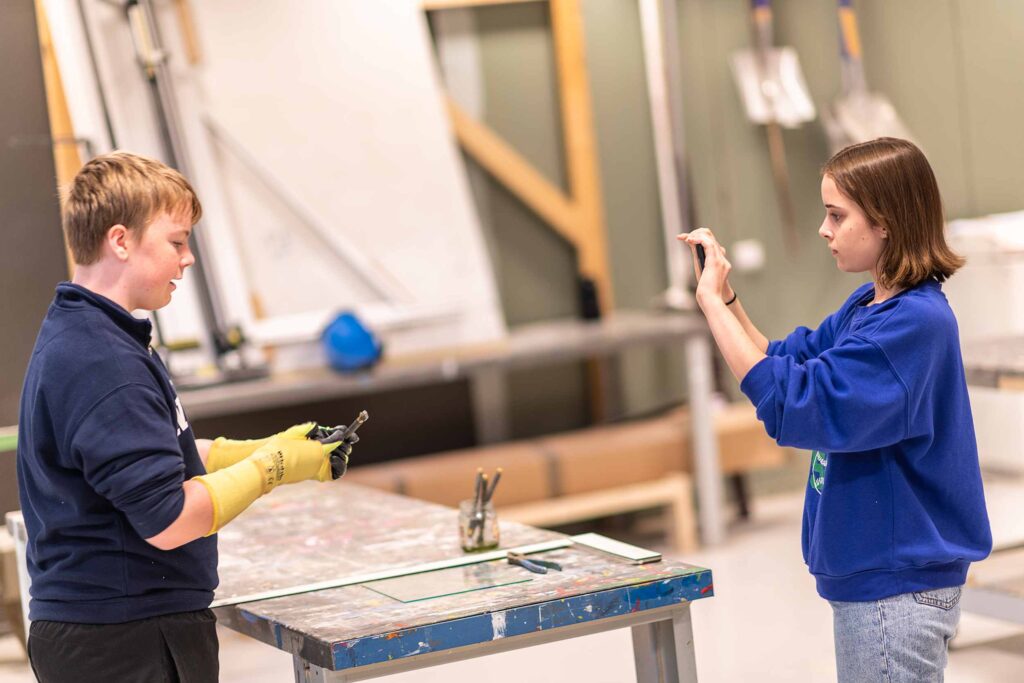
The teachers expressed surprise at how the vlog tasks made previously disengaged students suddenly take charge and shine. The teachers in both courses have since occasionally replaced the traditional written log task with the option of vlogging. They emphasize the potential in using vlogs to attain new insight into their students’ progression over time.
In conclusion
Trying something new in the classroom for the first time, like vlogging, is always a challenge. In all these projects there were hurdles and technical difficulties. But together, teacher and students helped each other overcoming these obstacles. In this process they built collective knowledge about video production and vlogging. After only one vlog project, the three classes had already established new ways of learning, documenting and communicating in the classroom.
We started our journey by asking what happens when we encourage students to use their social media skills in a school context. In both primary, secondary, and high school, we saw that vlogging is a way of writing which the students are familiar with and understand well. The tasks created motivation and engagement, and gave the teachers access to resources the students had not previously shown in traditional educational contexts.
Editor’s note: We are delighted to have Carl, Esben, and Peter as speakers for Media & Learning 2023: Where pedagogy meets media which will take place 20-21 June in Leuven, Belgium.
Authors

Carl Eltervaag, NTNU, Norway

Esben Kamstrup, NTNU, Norway

Peter Mørk, NTNU, Norway



